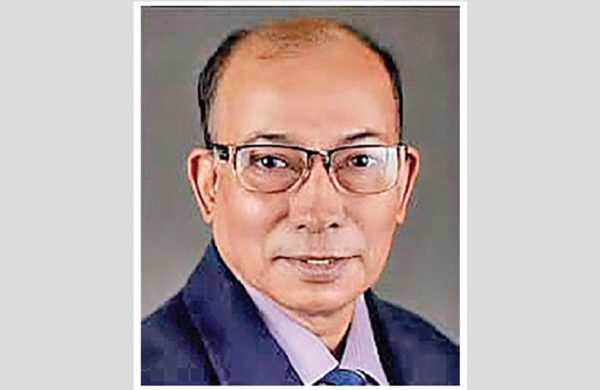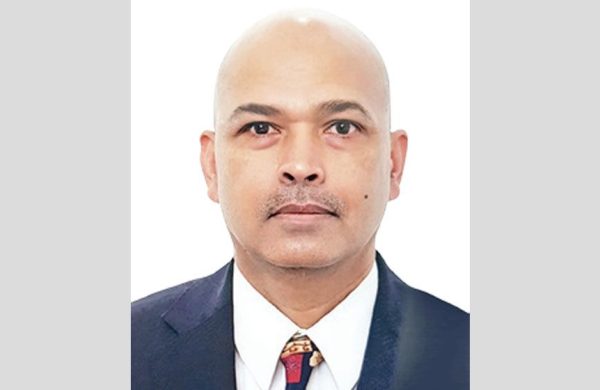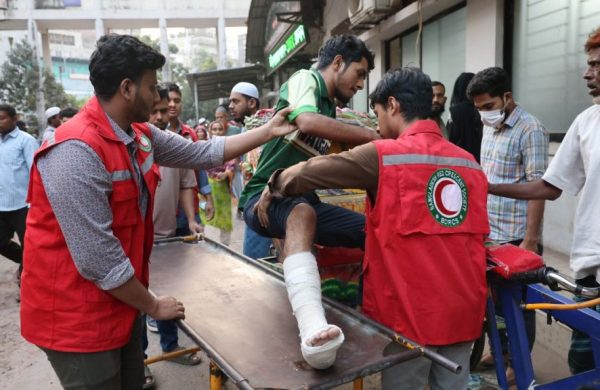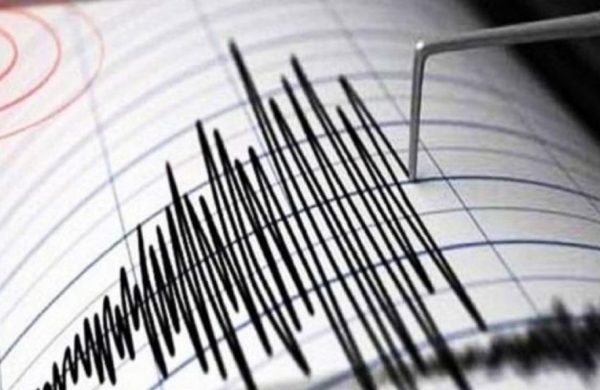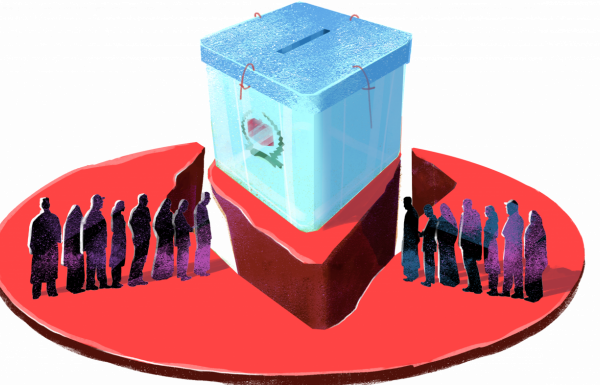Middleclass Are Worst Hit in Economic Turmoil
- Update Time : Tuesday, October 21, 2025
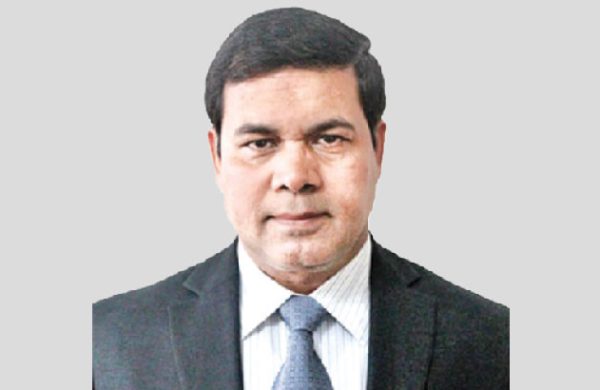
—Nironjan Roy—
The economic situation of a country may face ups and downs at times. But every time, the change invariably impacts its middle-class people more severely as compared to other segments of society. During an economic boom, middle-class people cannot make money because of being extra cautious. And during a recession, they also lose more because of being panicked and failing to adjust their living standard quickly.
Either way, the middle class is impacted by any such economic turmoil. This has been seen in the last few years. Local media has published a report referring to the consumer index monitored by the University of Michigan, USA, which reveals that consumers’ expenditure pattern has dropped by almost 6%, which is considered a big fall in the US market condition. The report has also mentioned that the middle class are now very pessimistic about the future job market and, as such, fear declining their income.
The middle class is the segment of the population whose annual income ranges from $50,000 to $160,000 in the USA. This income range, however, varies from country to country and region to region. For example, in Canada middle-class income ranges from $50,000 to $140,000; in Europe it is from EUR 31,000 to 82,000. Other areas, particularly Asia, are very different with complex social structures, so determining middle class based on income range is very difficult.
The reason is that there is no similarity in economy, population, income patterns, or cost of living among the countries of the Asia region. However, there are other factors too, e.g., living standard, per capita consumption, cost of living, etc., but household income is the key indicator.
The middle class are not known for possessing wealth but for living a peaceful life with a decent living standard, so they are always an attractive customer segment for business. This segment of people maintains their standard of living at any cost and even in economic ups and downs.
This middle-income group is now getting squeezed and downsizing their expenditure. They are even compromising their living habits, which is adversely impacting the retail businesses that target middle-class consumers for their marketing strategy. While talking to the media, CEOs of some retail stores, restaurants, fashion houses, and even the airline industry have openly admitted the evidence of a squeezed middle class mounting.
The report reveals that Walmart, which follows the low-cost and deal product marketing strategy for attracting lower middle-class and low-income people, has admitted that their sales volume is now dominated by middle-income consumers. Even dollar stores, which are known for selling very low-cost items, are experiencing that many middle-class consumers are pouring into their stores, which was not seen a few years back.
Many brand stores like “Kohl’s” have shared their experience of customers switching from expensive clothes to cheaper clothes and household items. In one interview with local media, Khol’s Chief Executive Officer, Michael Bender, has said, “Our lower-to-middle-income customers remain the most challenged.” He has also commented, “Our higher income customers have proven to be more resilient.” In the same report, President of the Federal Reserve Bank of Atlanta, Raphael Bostic, said, “More Americans are turning to generic brands and stretching out perishable goods as economic concerns creep up the income ladder.” He also mentioned, “People who fall under the low- and moderate-income groups do not have any extra money anymore.” It is true that wealthy customers always keep the economy in good stead, especially in the developed world, but the low- and middle-class customers are for the voluminous sales, so they are the main revenue-driving force. At the same time, the middle-class customers and even low-end customers are very sensitive to the price increase and become very nervous in the economic volatility.
Middle-class people’s suffering has started worsening since the outbreak of the Covid-19 pandemic and has been continuing to date without any sign of reversal. During the pandemic, most people suffered, but middle-class society’s hardship mounted.
As soon as the pandemic was over, the Russia-Ukraine war broke out, which resulted in high inflation. Most central banks, particularly in the developed countries, including the USA, went for an abruptly rising benchmark rate, which also contributed to high interest. Rising consumer prices and high interest rates have both severely impacted the middle-class people, as they have been paying more for not only higher commodity prices but also for additional interest on mortgages, personal loans and credit card loans. The plight of the middle class has recently multiplied with the impact of Trump’s tariff escalation.
The market condition and the experience shared by many retail stores suggest that the middle-class people are hard hit by the economic turmoil started by the COVID-19 pandemic and continuing with a worsening situation impacted by tariff escalation. This is not the situation of only the USA and the developed world; the middle class of our country has also been passing through a difficult time. Many of them are downsizing their living standard, losing their hard-earned savings and even borrowing to support their minimum livelihood. So, the middle-class people, irrespective of developed and developing countries, including Bangladesh, are now the worst hit in the economic turmoil.
———————————————————————–
The writer is a certified anti-money laundering specialist and banker based in Toronto, Canada. Email: [email protected]


